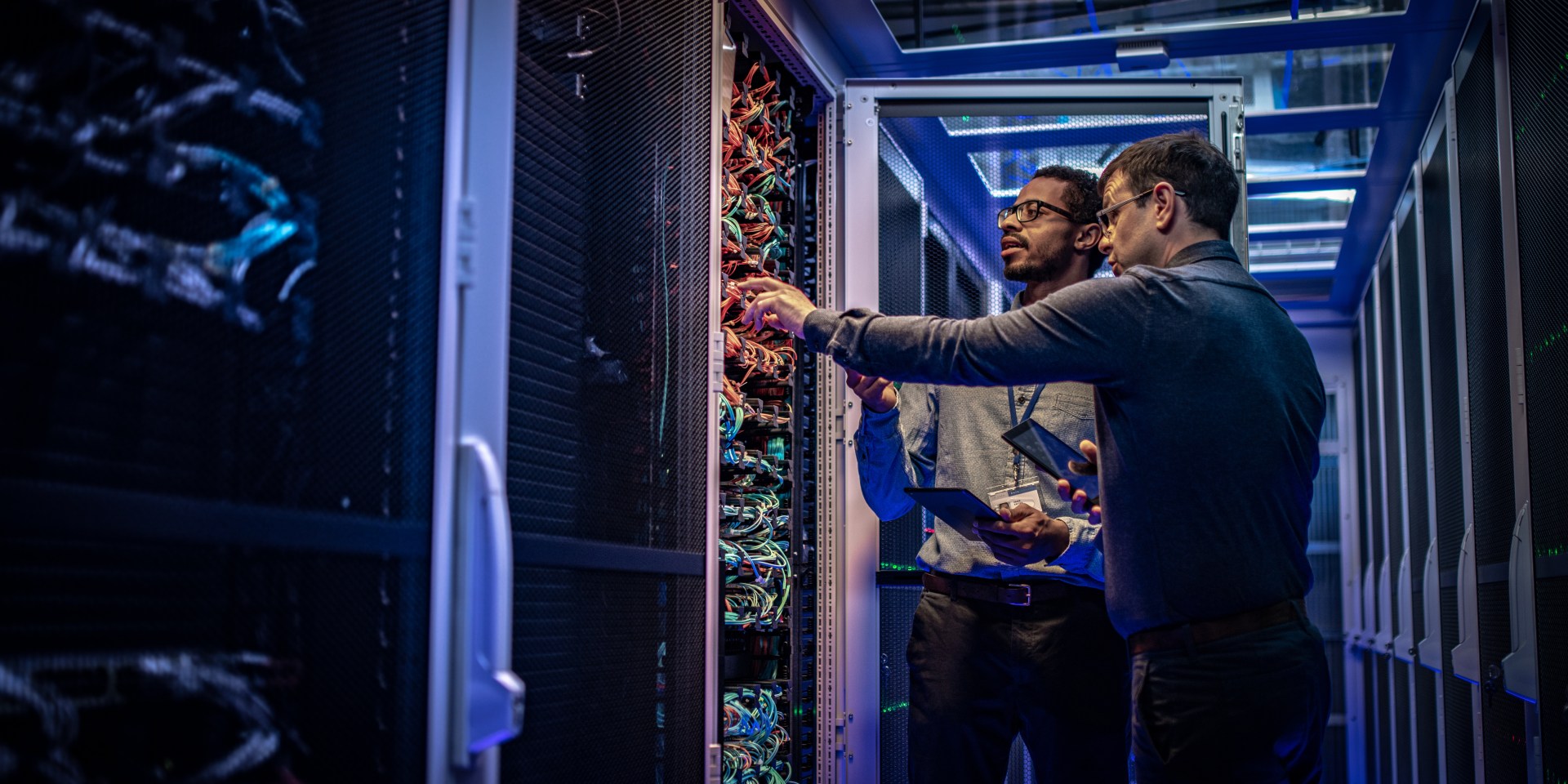Remote hands support is a service where technicians perform hands-on tasks for their clients. It is offered by many data centers and some managed service providers. Used appropriately, remote hands support can be a very convenient and cost-effective option for businesses. Here is a quick guide to what you need to know about it.
Services provided by remote hands support
The unique selling point of remote hands support is that it focuses on tasks that require technicians to be physically present. This essentially means hardware-related tasks such as the following.
Equipment maintenance and repair: Technicians can troubleshoot and repair equipment remotely or on-site, as needed.
Cable management: Remote hands support can assist with the installation and maintenance of cables and network connections.
Server maintenance: Technicians can reboot servers, install software updates, and perform other routine maintenance tasks.
Hardware replacement: Remote hands support can help customers replace failed hardware components, such as hard drives, power supplies, and memory modules.
Rack and stack: Technicians can assist with the installation of new equipment in a data center rack, including cabling, power connections, and network configurations.
Monitoring and alerting: Remote hands support can monitor customer equipment and provide alerts for potential issues, allowing for a quick resolution.
Data backup and disaster recovery: Technicians can assist with data backup and disaster recovery planning and implementation, including off-site data storage and disaster recovery testing.
Why businesses have adopted remote hands support
Remote hands support has become important to modern businesses for several reasons. The most important ones are as follows.
Increased efficiency and productivity
There are two main ways that using remote hands support helps businesses to improve their efficiency and, hence, productivity. The first is that using remote hands support usually makes for much quicker response times. This is because the technicians are already on-site.
The second is that outsourcing routine tasks to remote hands allows businesses to free up their own resources. These can then be deployed on value-add tasks and strategic initiatives.
Access to experienced hardware technicians
Most people on the software side of IT have some knowledge of the underlying hardware. Probably the majority of them could undertake some hardware-related tasks. When you’re dealing with critical business infrastructure, however, it makes sense to use specialists. That way you know your equipment is literally in the most capable hands.
Simplified management
There are two main ways using remote hands support helps to simplify management. The first is that it pushes all staff-related issues onto the provider. This is particularly useful when businesses have different staffing needs at different points in their business cycle. It also helps businesses to scale more easily.
The second is that using remote hands support generally makes it much easier to manage costs. Again, this largely relates to the fact that staffing issues are the vendor’s responsibility. Labor costs are a huge part of the cost of IT. This is why issues with recruiting and retaining IT staff can be especially painful for businesses.
With remote hands support, clients just agree on terms with the vendor. They can use an ongoing contract or pay for ad-hoc services. Either way, however, they will get a fixed price for a specific outcome.
Working effectively with remote hands support technicians
Legally, remote hands support technicians will be the vendor’s employees, not yours. At the same time, however, they will effectively be working for you. Their performance will have a direct impact on your business. It’s therefore in your best interests to do your best to work effectively with them (and vice versa). Here are some key points to consider.
Security
This is probably always going to be the single, biggest issue in anything related to any form of managed IT. Any technician with access to your data center hardware has the potential to be able to access your data. With that said, you should be able to prevent this by implementing effective security measures.
Likewise, any technician with access to your data center hardware has the potential to perform malicious acts on it. These might not result in data being lost or compromised. In fact, if you’re running your security properly, it shouldn’t. It could, however, still do serious damage to your business.
This means that you and your vendor need to have individual and collaborative processes in place for managing security.
Communication
In the context of remote hands support (and managed IT in general), it’s vital to communicate everything the vendor needs to do their job. For example, the vendor will almost certainly need to know the specifics of your hardware so they can manage it. Likewise, when you raise service requests, the onus will be on you to communicate exactly what you need.
Quality control
You and the vendor will need to agree on a process by which the quality of service will be monitored and enforced. This can be more challenging for services relating to hardware than services relating to software. It is, however, vital for a successful relationship.




